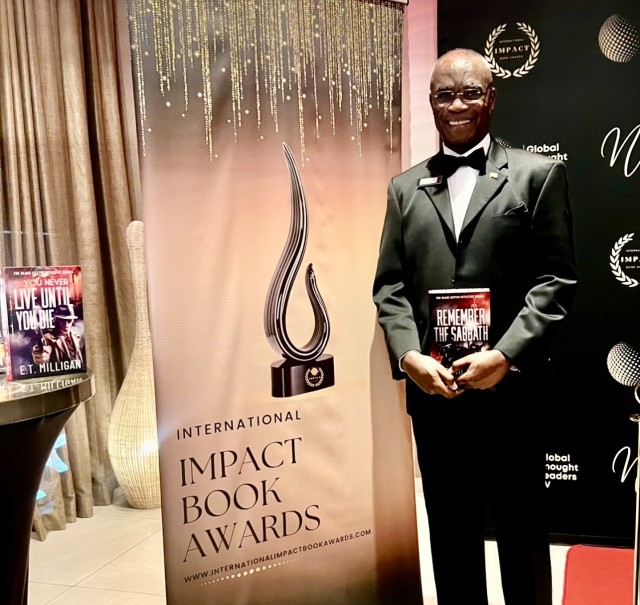
Why AI-generated recommendation letters sell applicants short
ChatGPT can do many things, but writing a personal endorsement is not one of them, says Maroun Khoury. Facebook Email
Phonlamai Photo / Shutterstock When ChatGPT emerged a year and half ago, many professors immediately worried that their students would use it as a substitute for doing their own written assignments — that they’d click a button on a chatbot instead of doing the thinking involved in responding to an essay prompt themselves. But two English professors at Carnegie Mellon University had a different first reaction: They saw in this new technology a way to show students how to improve their writing skills. To be clear, these professors — Suguru Ishizaki and David Kaufer — did also worry that generative AI tools could easily be abused by students. And it’s still a concern. They had an idea, though, for how they could set up a unique set of guardrails that would make a new kind of teaching tool that could help students get more of their ideas into their assignments and spend less time thinking about formatting sentences. “When everyone else was afraid that AI was going to hijack writing from students,” remembers Kaufer, “We said, ‘Well if we can restrain AI, then AI can reduce many of the remedial tasks of writing that keep students from really [looking] to see what’s going on with their writing.” The professors call their approach “restrained generative AI,” and they’ve already built a prototype software tool to try it in classrooms — called myScribe — that is being piloted in 10 courses at the university this semester. Kaufer and Ishizaki were uniquely positioned. They have been building tools together to help teach writing for decades. A previous system they built, DocuScope , uses algorithms to spot patterns in student writing and visually show those patterns to students. A key feature of their new tool is called “Notes to Prose,” which can take loose bullet points or stray thoughts typed by a student and turn them into sentences or draft paragraphs, thanks to an interface to ChatGPT. “A bottleneck of writing is sentence generation — getting ideas into sentences,” Ishizaki says. “That is a big task. That part is really costly in terms […]
Click here to view original page at Professors Try ‘Restrained AI’ Approach to Help Teach Writing
© 2024, wcadmin. All rights reserved, Writers Critique, LLC Unless otherwise noted, all posts remain copyright of their respective authors.

ChatGPT can do many things, but writing a personal endorsement is not one of them, says Maroun Khoury. Facebook Email

Edward Milligan at the International Impact Book Awards Grand Gala in Phoenix, AZ on Nov. 2, 2024. (Photo Credit: Courtesy)


